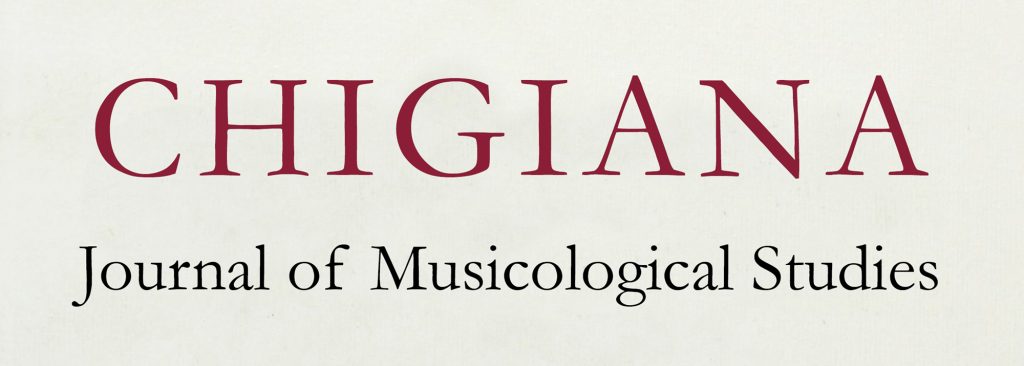
Le Bœuf sur le toit: the Intersection of Francis Poulenc’s ‘Monk’ and ‘Rascal’
Kerry Bunkhall (Cardiff University)
Poulenc was notoriously described by Claude Rostand as «something of the monk and something of the rascal», interchangeably translated as such undesirables as a «vagabond», «bad boy» or «ragamuffin». Although these two characteristics may seem to be paradoxical, there was one infamous Parisian institution which embraced them: the cabaret Le Bœuf sur le toit. Being known for its gaiety and indulgence, Le Bœuf unexpectedly offers an insight into the synthesis of the Arts and Catholicism in Paris through its regular attendees and their lively discussions of theology. The interwar years saw the conversion or reversion of patrons such as Igor Stravinsky, Jean Cocteau, Maurice Sachs, Jean Hugo and Georges Auric, with some discovering true faith in the Catholic doctrine and others finding comfort in its structure, sense of community and forgiveness. This paper investigates the synthesis between nouvelle théologie, a new approach to Catholicism compatible with Modernism, and Le Bœuf sur le toit, through the acquaintances and reversion of Francis Poulenc. Poulenc re-established his relationship with Catholicism in 1936, in conflict with his years of excess, frenzy and homosexuality. This paper considers whether Poulenc’s return to Catholicism may have been possible without the precursor of Le Bœuf sur le toit and its patrons.
Come è noto, Francis Poulenc venne descritto da Claude Rostand come «moine ou voyou», due etichette traducibili con epiteti poco desiderabili come ‘vagabondo’, ‘canaglia’ o furfante.’ Sebbene queste caratteristiche possano sembrare alquanto paradossali, vi era una famigerata istituzione parigina che le accettava, vale a dire il bar cabaret Le Bœuf sur le toit. Celebre per la sua atmosfera di leggerezza e indulgenza, Le Bœuf offre un’occasione inaspettata di approfondimento della sintesi tra arte e cattolicesimo a Parigi, attraverso i suoi frequentatori e le loro vivide discussioni teologiche. In particolare, il periodo interbellico vide la conversione o il ritorno alla fede di figure come Igor Stravinskij, Jean Cocteau, Maurice Sachs, Jean Hugo e Georges Auric: alcuni scoprirono una vera fede nel cattolicesimo, altri trovarono conforto nelle strutture e nel senso di comunità e accettazione che la religione offriva. Nella relazione esploro la sintesi tra la nouvelle théologie (vale a dire un nuovo approccio verso il cattolicesimo compatibile con il modernismo) e Le Bœuf sur le toit, attraverso l’esame del percorso di Francis Poulenc che nel 1936, pur in conflitto con le sue esperienze di eccessi, edonismo e omosessualità, ristabilì una relazione col cattolicesimo. In conclusione, mi domando se il ritorno di Poulenc alla religione cattolica sarebbe stato possibile senza l’azione precorritrice del Bœuf sur le toit e dei suoi frequentatori.
“vagabondo”, “canaglia” o “furfante”.
